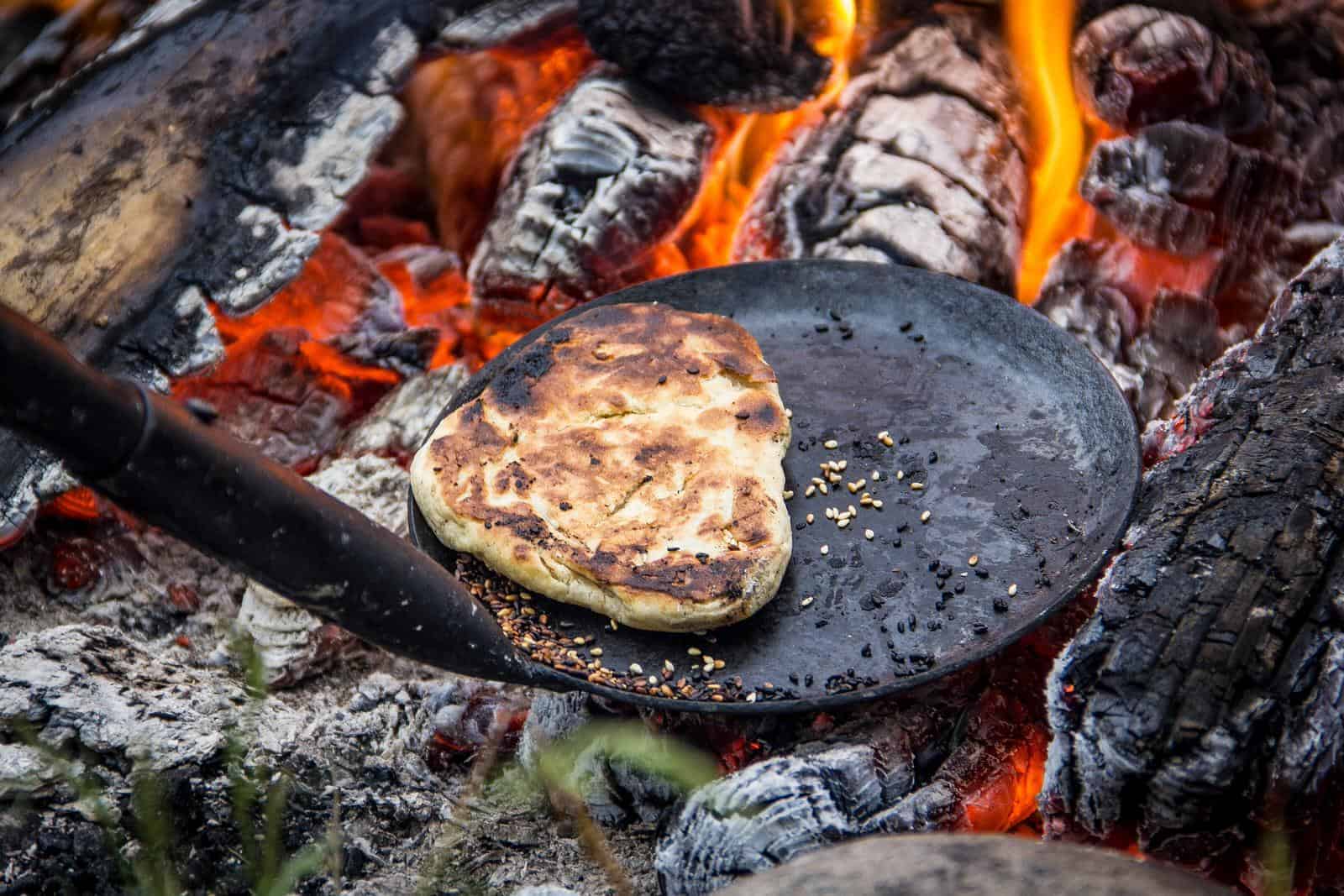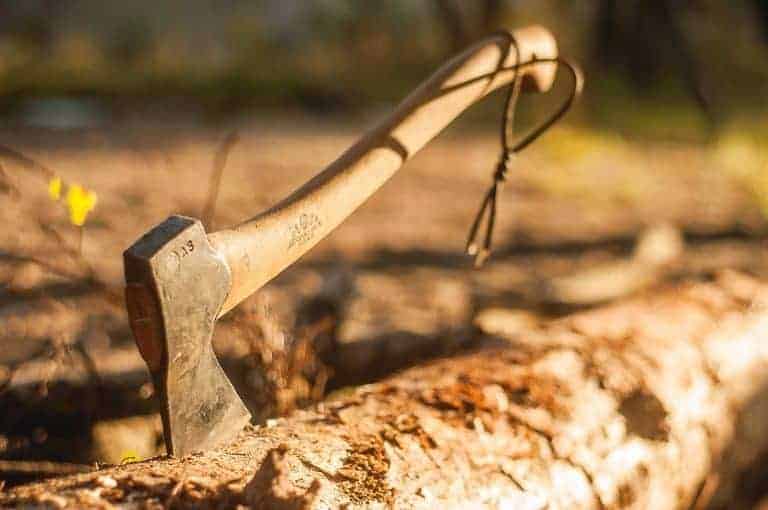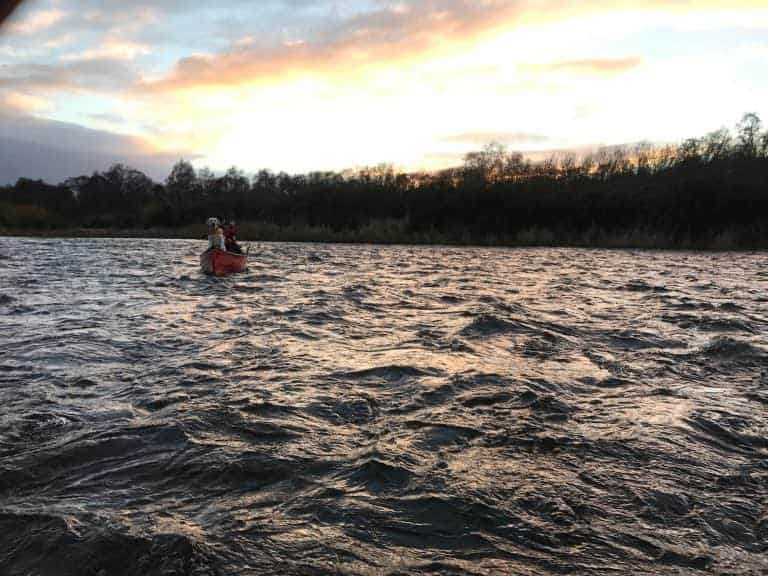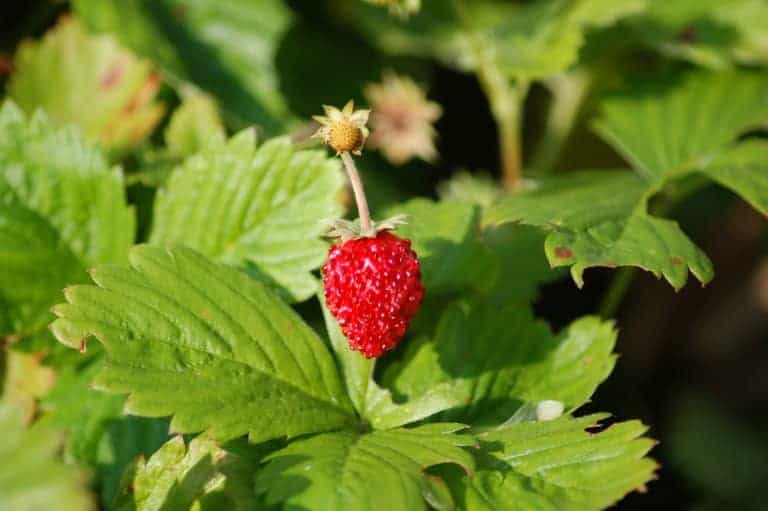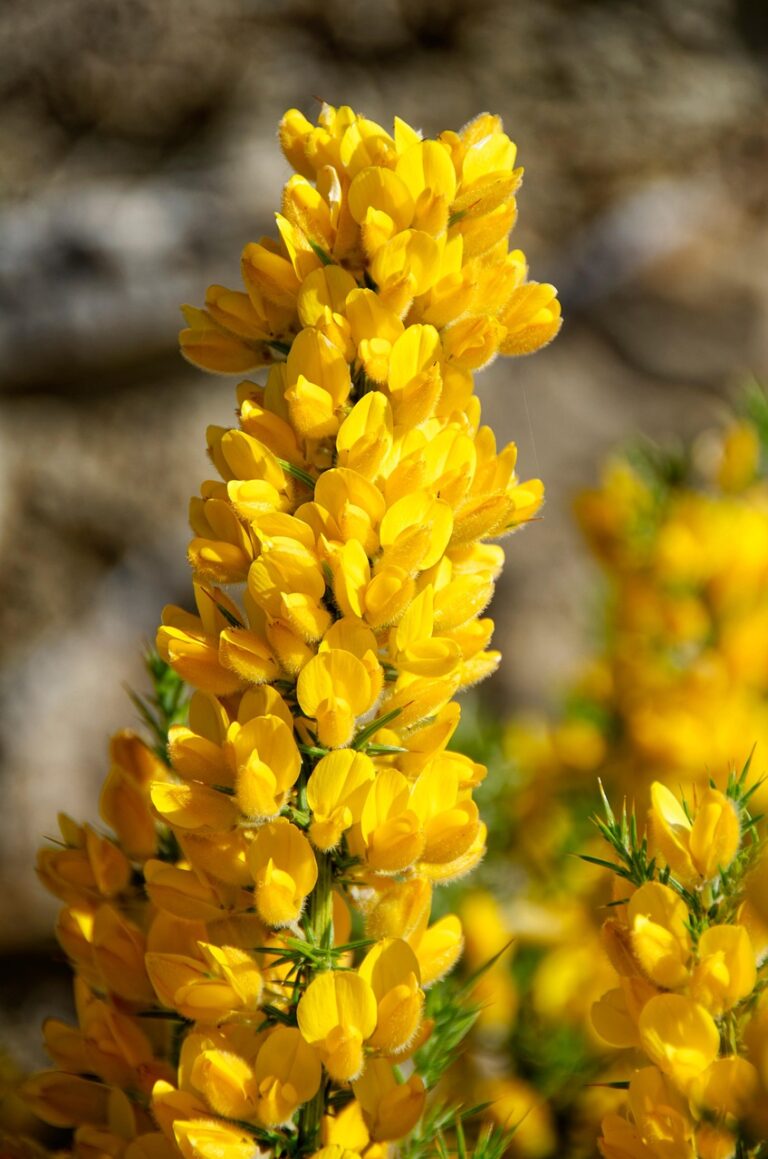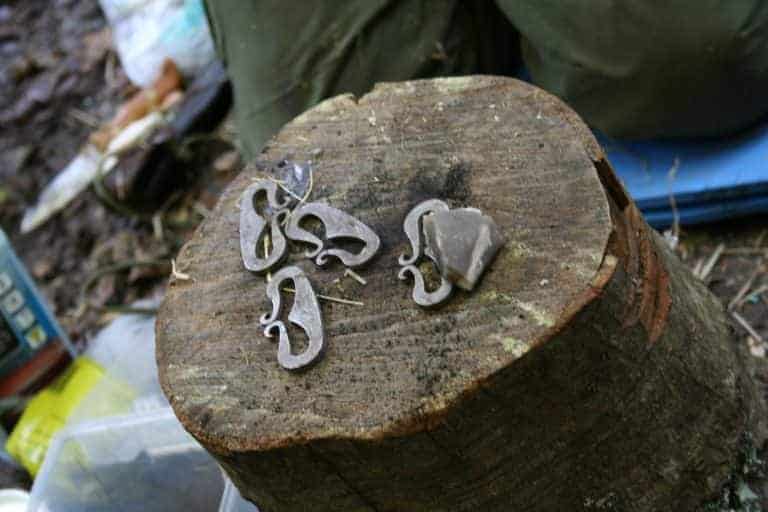Cook Over an Open Fire with Your Family
There’s nothing better than being outdoors, cooking over a fire with your friends or family. There is something almost primitive in sitting around a fire and cooking. It links us with our ancient ancestors who would have been doing something essentially similar since man first discovered fire.
In this blog, we are going to take a look at how to cook over an open fire with your friends and/or family. We are going to cover safety and responsibility, which type of fire to choose, and some ideas for recipes.
Safety and responsibility when cooking over a fire
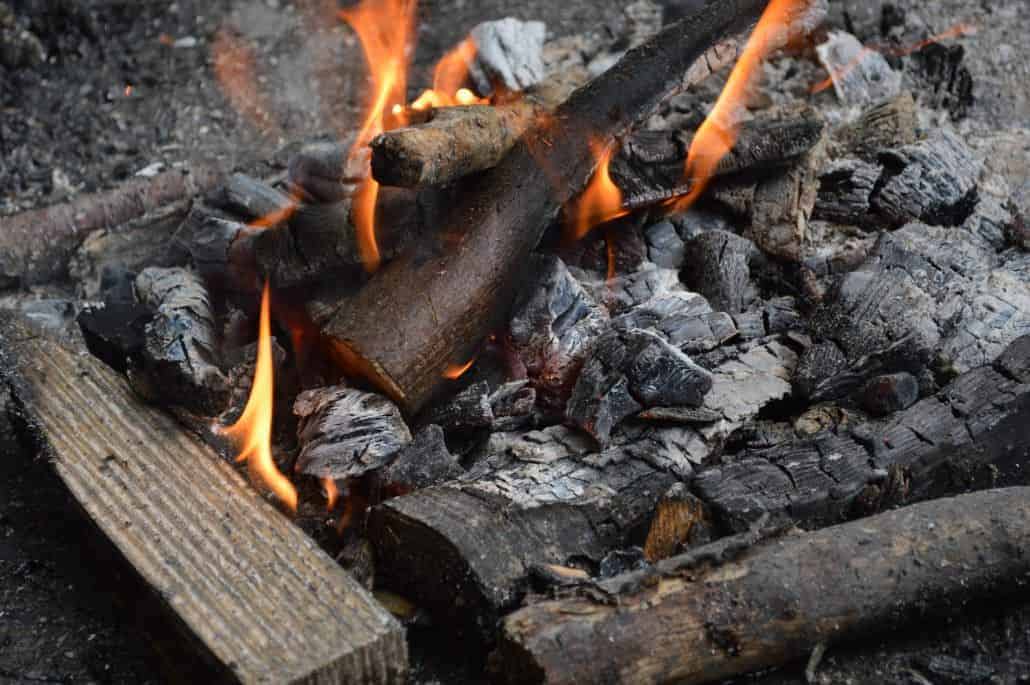
The most important thing when setting out to cook over an open fire is doing it in a safe and responsible manner. Fires can spread, especially in the dry weather of summer, and easily get out of control. There are several things that you can do to reduce the risk of your fire spreading out of control. Ultimately though, you have to make a decision as to whether or not it is okay to have a fire. Ask yourself, has the weather been dry? What is the state of the surrounding vegetation? What is the soil, is it a type liable to catch fire such as peat?
1. Clear the ground
Make sure that the ground where you intend to have your fire is clear of vegetation and debris. Be sure to look up and around and make sure that there are no overhanging branches, bushes or anything else that could catch fire.
2. Keep water to hand
Keep a bucket of water nearby your fire so that should a gust of wind catch it or a log fall off you can extinguish it. You should always keep an eye on your fire to make sure that it is always in control.
3. Treat the environment with care
Bushcraft is not about overcoming your environment. It is about living in harmony with the natural world. This approach to bushcraft is important to keep in mind when cooking over a fire with your family and friends. Use only dead standing wood, never chop down anything or use any living wood. Ensure that your fire will not scar the earth by clearing the ground underneath it, as with point two. Practice principles of leave no trace, douse the embers of your fire after extinguishing it, check the ashes are cool and then disperse of them by scattering them in a large area.
4. Keep it small
Only build the fire to the size that you need. For cooking outdoors you don’t need a roaring bonfire, you just need something small enough to do the job. Make sure that any children you have with you don’t feed the fire unnecessarily, making it bigger than it needs to be.
Learn fin and fur preparation and campfire cooking on our weekend bushcraft course.
Choose the best type of fire for cooking on
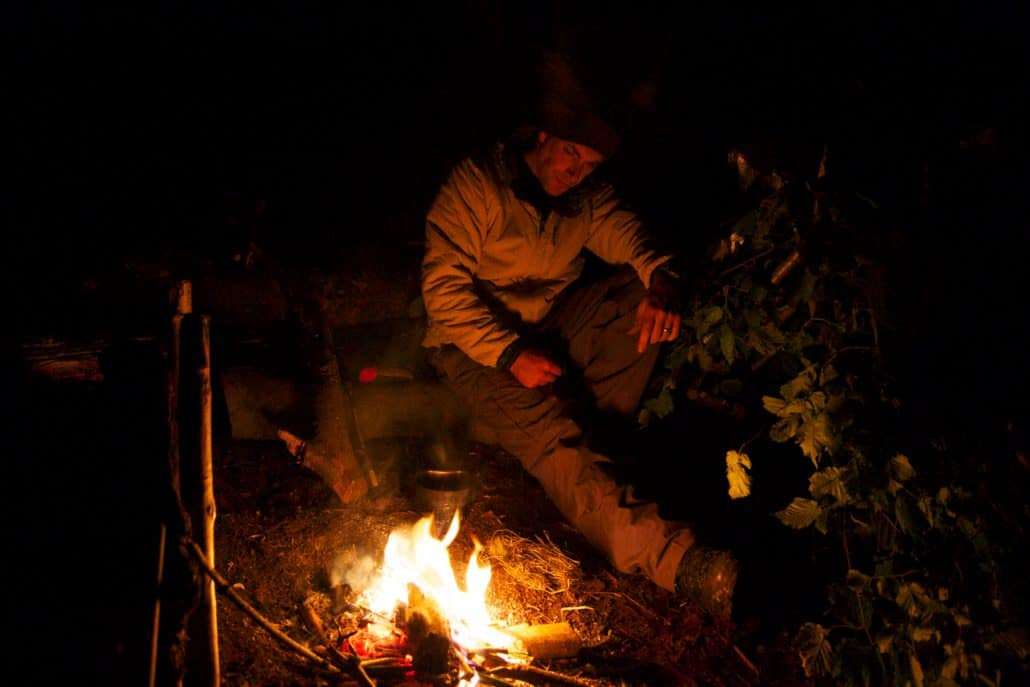
Not all fires are created equal. Some constructions are best suited for keeping warm, while others are best designed for cooking on. It’s the latter type that you will want to build.
Whatever type of fire you choose to construct, be sure to follow the basic principles of fire lighting. That is, ensuring that you have enough suitable tinder and fuel of progressively larger diameters close to hand. After all, you don’t want to be running around looking for fuel once the fire has started.
Remember, when cooking over a fire, use the embers – not the flames.
The Hunter’s Fire
One of the most useful fires for cooking is the Hunter’s Fire. This fire can easily be adapted for different types of cooking such as baking and grilling. This fireworks by building fire between two logs the same distance apart as your cooking utensils. Be sure to use green wood or, if none is available stones. If there are no stones to hand a trench will be equally as practical.
The Star Fire
As its name suggests, the Star Fire is made with four or five logs arranged into a star shape sticking out of the fire. Each log should be 15cm or thicker. As the fire slowly burns, push the end of each log further into the fire thereby providing more fuel. This fire burns for long periods of time and the thick logs make them ideal for supporting cooking pots, such as mess tins.
The Indian’s Fire
The Indian’s Fire is, essentially, a collapsed tipi style fire with long logs, about an arm’s thickness, sticking out of it. These logs which make up the collapsed tipi are then slowly fed into the fire to keep it burning. One of the differences between this and the Star Fire is that the logs used for this fire should not be as thick as those used in the Star Fire.
Learn fin and fur preparation and campfire cooking on our weekend bushcraft course.
Ideas for recipes
Here are some favourite campfire recipes from Wildway Bushcraft.
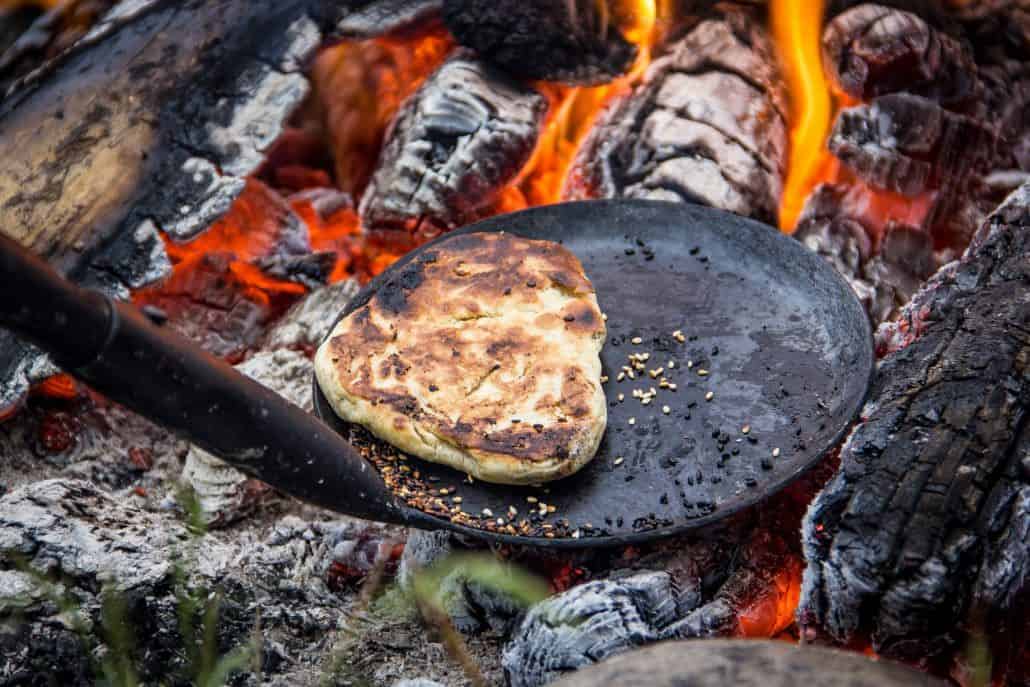
- Bannock Bread
One of the favourite recipes of Wildway Bushcraft pupils is Bannock Bread. This simple to make flat bread is a favourite of bushcraft practitioners and hikers the world over. You can discover our amazing recipe for Bannock Bread in this post here. - Stews
Whatever your dietary preferences, you can’t beat a good stew. Easy to make and scale up or down to feed as many people as you have camping with you, the stew is a campfire classic. If you are in a survival situation, or somewhere where hunting/trapping is allowed, then the addition of rabbits or pigeons can add an extra dimension to your stew. - Steamed Trout
Steamed trout, cooked over a campfire, is an outdoor classic. It is the stuff that boys’ own novels are made out of. After gutting and cleaning the fish, stuff it with wood sorrel. Wrap the trout is sphagnum moss, big handfuls of it, then carefully place the trout on the embers of your fire. Keep an eye on your fish and it should be ready until you see steam rising from the moss.
Learn fin and fur preparation and campfire cooking on our weekend bushcraft course.

